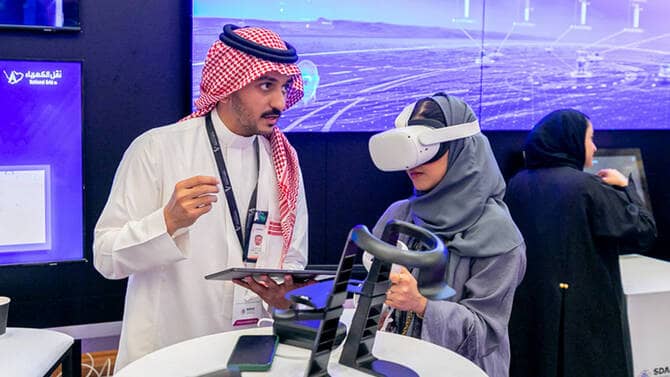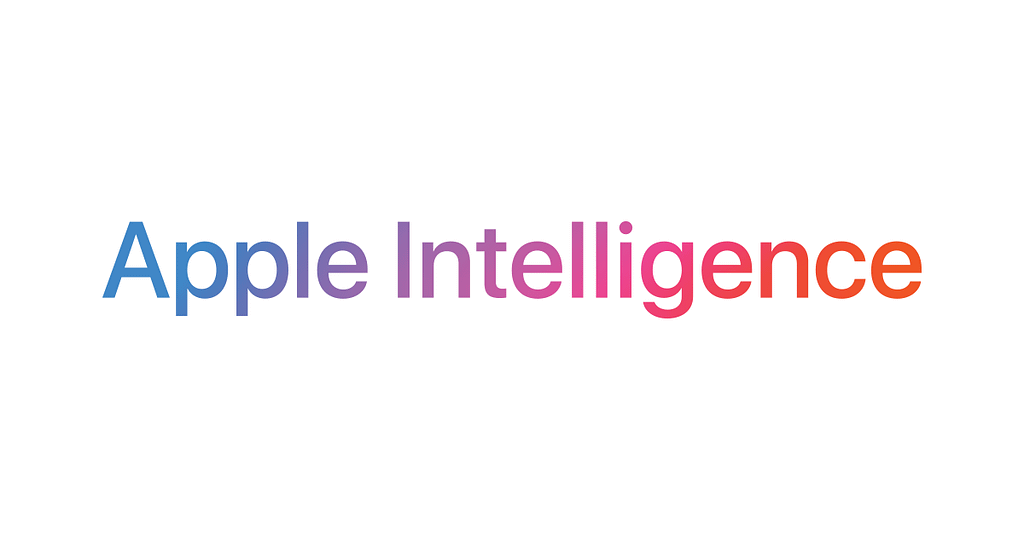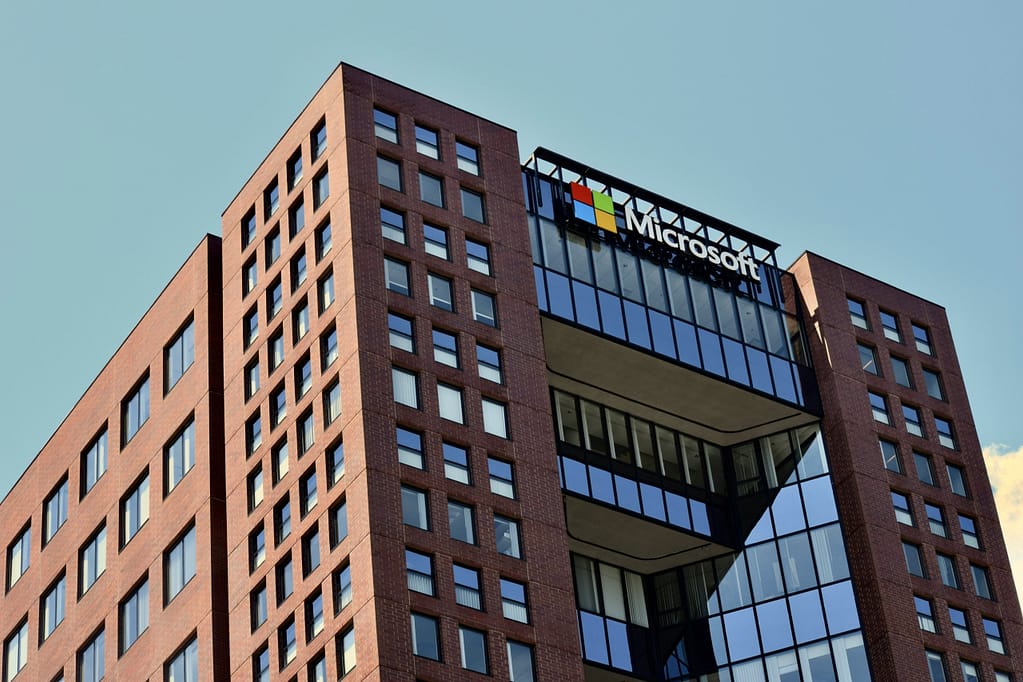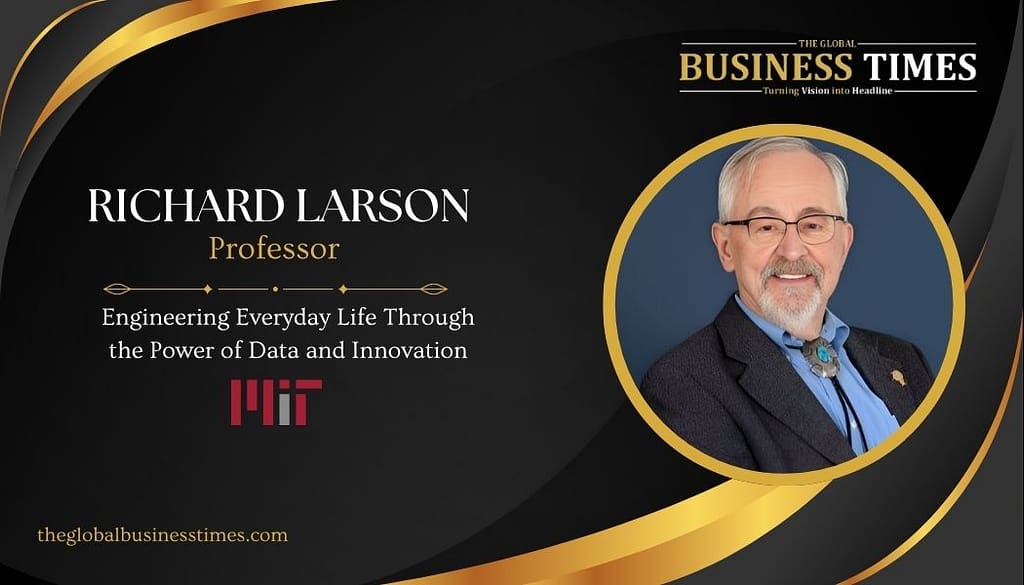💸 Saudi Arabia Launches $10 Billion AI Fund to Become Global Tech Leader
💸 Saudi Arabia Launches $10 Billion AI Fund to Become Global Tech Leader In a bold move signaling its ambition to lead the Fourth Industrial Revolution, the Kingdom of Saudi Arabia has officially launched a $10 billion sovereign Artificial Intelligence (AI) investment fund. The announcement was made at the prestigious Global AI Summit 2025, held in Riyadh, which brought together over 5,000 participants, including heads of state, AI pioneers, tech entrepreneurs, and policymakers from more than 40 countries. The fund is part of Saudi Arabia’s broader Vision 2030 strategy, which aims to diversify its economy beyond oil and foster innovation-led sectors. The newly launched fund will be managed under the Saudi Public Investment Fund (PIF), with strategic allocations toward AI research and development, infrastructure, global partnerships, education, and ethical frameworks. The overarching goal is to position the Kingdom as a global epicenter for responsible and inclusive AI innovation. “This is not just a technological leap—it’s a transformation of our economy and society,” stated Crown Prince Mohammed bin Salman in his keynote address at the summit. “With this initiative, we aim to empower our people, attract global talent, and lead the world in creating AI solutions that are human-centric and globally relevant.” The fund will also prioritize strategic alliances with top universities, AI startups, and research institutions worldwide to co-create solutions across critical industries. These include: Energy and Sustainability: Optimizing energy efficiency through AI-driven analytics in the oil & gas and renewable energy sectors. Healthcare: Enhancing diagnostics, treatment planning, and telemedicine capabilities. Logistics and Mobility: Automating and streamlining supply chains, smart ports, and autonomous transportation. Public Services: Deploying AI in governance, e-learning, and smart city services. One of the flagship projects expected to benefit from this initiative is NEOM, Saudi Arabia’s $500 billion futuristic city powered by renewable energy, cutting-edge robotics, and artificial intelligence. NEOM’s various sectors—from its AI-powered urban planning to its climate-neutral transportation networks—are poised to become a real-world demonstration of the Kingdom’s AI capabilities in action. In tandem, Saudi Arabia has committed to upskilling its youth through national AI education programs, AI-focused university curricula, and specialized training centers aimed at developing local talent and reducing reliance on foreign expertise. Industry experts view this fund as one of the most ambitious national AI initiatives to date. While countries like the U.S., China, and the UAE have been major players in the AI arms race, Saudi Arabia’s entry at this scale signals a significant power shift in the global AI landscape. “With its financial might, strategic vision, and a clear commitment to responsible AI, Saudi Arabia is well-positioned to become a global innovation hub,” commented Dr. Amina El-Badawi, a leading AI ethicist and one of the panelists at the summit. The Global AI Summit concluded with the signing of over 30 memoranda of understanding (MoUs) between the Saudi government and major tech companies, including partnerships with NVIDIA, Google Cloud, Huawei, and leading European AI labs. As the world enters an era where artificial intelligence will define economic competitiveness and global influence, Saudi Arabia’s $10 billion fund marks a pivotal moment in the nation’s journey from energy dominance to technology leadership.
💸 Saudi Arabia Launches $10 Billion AI Fund to Become Global Tech Leader Read More »











